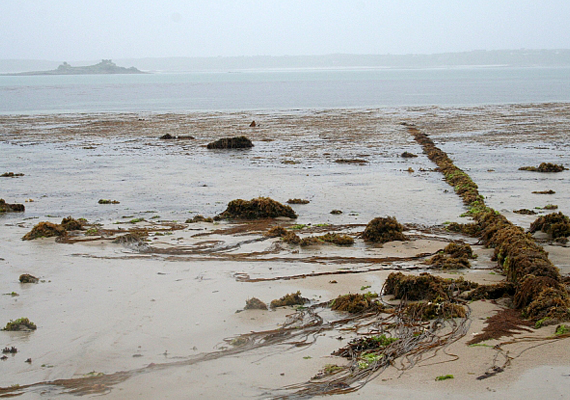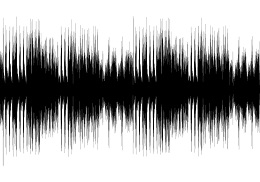
Facebook, Microsoft and Telxius, Telefónica affiliate, will work together on the project ‘Marea’ (‘Tide’), a submarine cable that will improve telecommunications between United States and Spain.
31 may 2016
Marea is the name of the new infrastructure that will connect United States and Spain through a latest generation submarine cable that will serve to provide cover to data increasing growth and fast development of online and cloud-based services. This project will be developed by Microsoft and Facebook, and managed by Telxius Telecom, Telefónica infrastructure affiliate.
With its 6.600 km of length, it will be the largest size submarine cable ever built in the Atlantic. It will be composed by 8 pairs of optical fibers that will send data at 160 Tbps, 16 million times higher that household connections bandwidth. Construction is expected to start in August 2016 and in October 2017 it could start providing service.
This initiative is framed within an important commercial strategy by Marea participants. Microsoft representatives remark that the cable will enable to cover growing demand, having more reliability to its global network and offering cloud services. In Facebook, they continue with their will to connect anyone regardless of where they are, because the cable will be able to interconnect with other submarine cable systems to reach Near East, Africa, Asia and Latin America.
Marea is, for Telxius Telecom, the chance to emerge the single market and opt to new business oportunities in a strongly growing context for telecommunications.
“Working with Facebook and Microsoft in this project will reinforce the Telxius leadership with one of the most important telecommunication infrastructure companies in the world”, claims Rafael Arranz, Telxius head of operations.Image source: xatakaciencia.com
Other submarine cables
Around the 99% of current intercontinental communications are transmitted through a submarine cable, that cover all seas and oceans in our planet. The main advantage of the submarine cable with regard to the satellite connection is that is cheaper and has to travel a shorter distance. Some of the submarine cables that are operating todat are the following:
Columbus III. Connecting south Europe with the American continent thanks to its 9.900 km extension. Has been operating since 1999 and its connection points are in United States, Portugal, Italy and Spain.
SAm-1. An optical fibre submarine cable that connects United States, Puerto Rico, Brazil, Argentina, Chile, Peru and Guatemala. In 2007 its extension reached Ecuador and Colombia. Currently it is property of Telefónica and TE Connectivity.
SEA-ME-WE 4. An ambicious project that connects southeast Asia, the Indian subcontinent, middle East and Europe thanks to its 20.000 km long. This project was developed together with 16 telecommunications companies.
ACE. 19 operators led by french Orange collaborate in this project that links west African coast with France and south Africa. It is expected to connect 23 countries through coast and overland, in the case of those countries without coastline, such as Mali and Niger.











